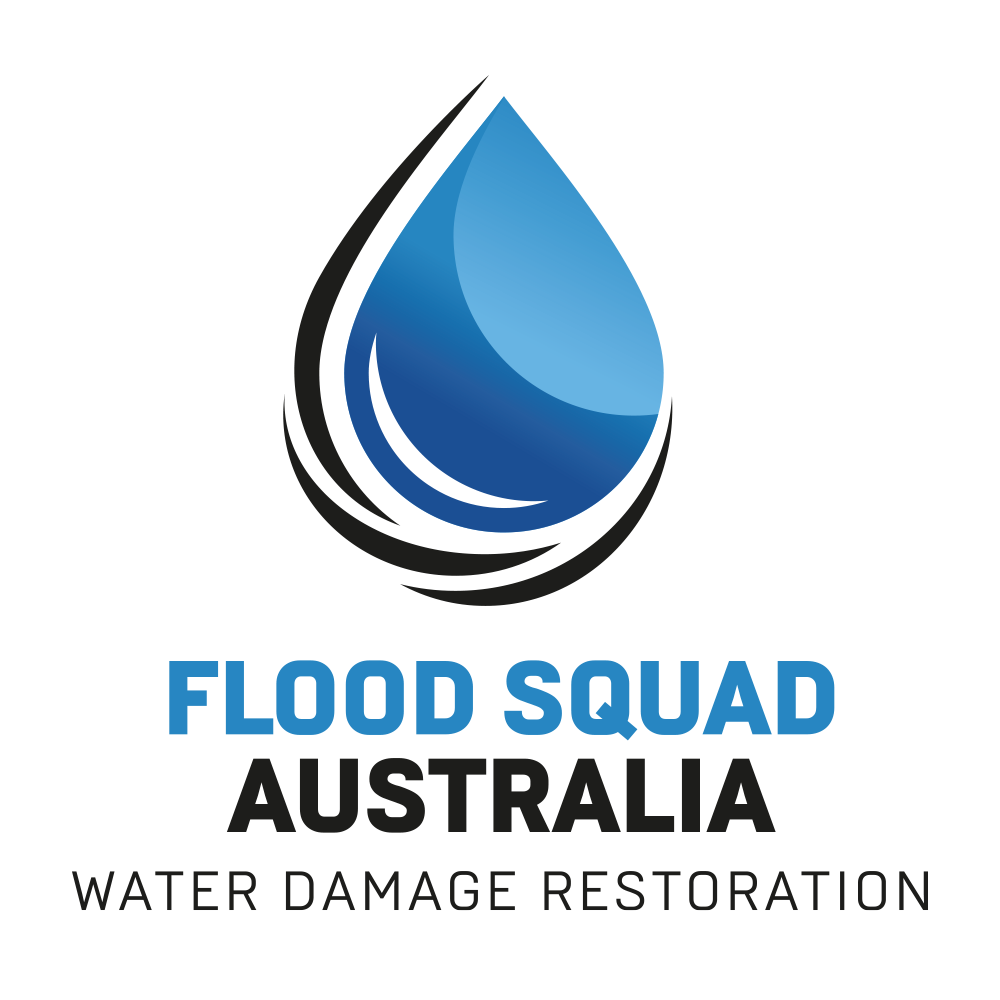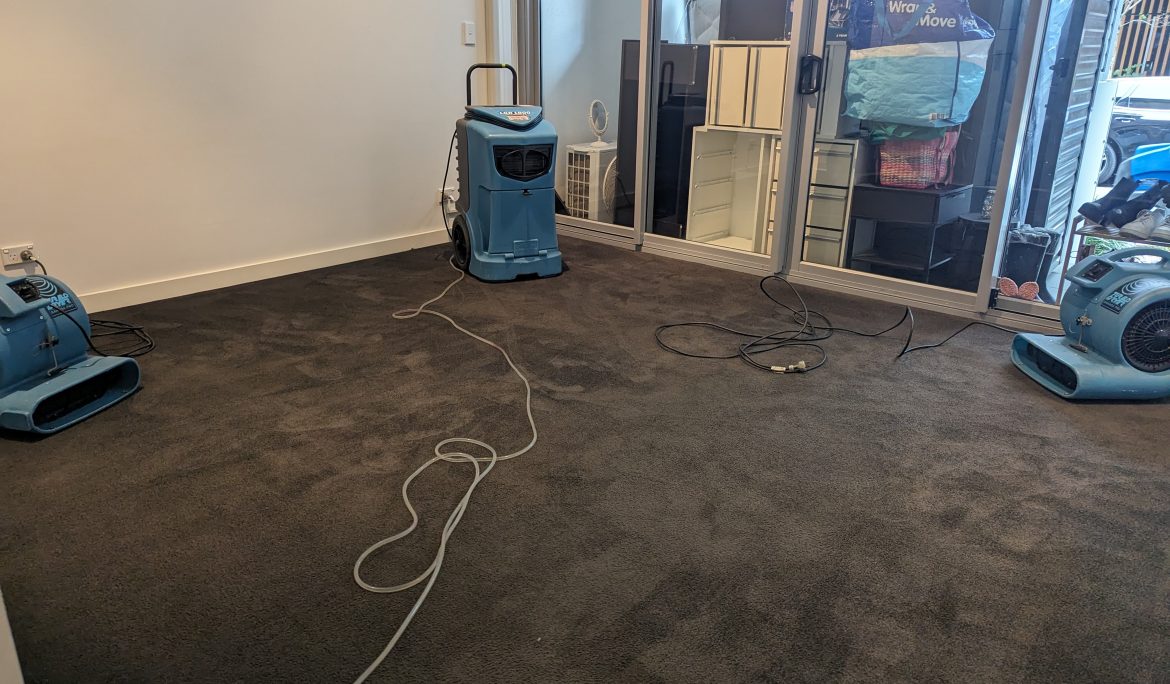Water damage can be a property owner’s worst nightmare. It can result from various sources, such as floods, leaks, or high humidity.The aftermath can be overwhelming. But with immediate action, the damage can be minimised and your property restored.This guide will walk you through the essential steps for effective restoration. It aims to help you navigate the process, from initial assessment to the final touches of repair.You’ll learn about water removal techniques, drying and dehumidifying processes, and the importance of mould remediation. We’ll also discuss preventative measures to safeguard your property in the future.Whether you’re a homeowner dealing with water damage or a property manager wanting to understand the restoration process, this guide is for you.So, let’s dive in and explore the world of water damage restoration.
Immediate Response to Water Damage
When faced with water damage, acting fast is crucial. Delay can lead to further damage and increased costs.The first step is to prevent additional water entry. Find and fix leaks quickly to avoid further complications.Once the flow stops, begin assessing the situation. Understanding the extent of the damage will guide your next steps.Document everything with photos and notes for insurance purposes. This evidence can be valuable when filing a claim.
Safety Precautions and Initial Assessment
Safety must be your first concern. Before inspecting, ensure that electricity is off in affected areas. This prevents electrical hazards that can occur during water damage.Wear protective gear, like gloves and masks, to guard against contamination. Water damage can harbor unseen dangers, including bacteria and mould.Once safe, start assessing the affected areas. Identify visible damages and potential risks to guide your restoration efforts.
Identifying the Source and Type of Water
Pinpointing the source of water is essential. It helps in devising an effective plan for restoration. Check pipes, appliances, and structural breaches.Different types of water, namely clean, grey, and black, require various handling methods. Clean water is less hazardous, while grey and black water may contain contaminants.Understanding the type of water is vital for both safety and strategy. It influences your approach to cleaning and restoration.
Water Removal Techniques
Removing water promptly is key to effective water damage restoration. This step involves eliminating standing water to halt further damage.Using the right equipment speeds up the process and ensures more thorough results. Delays can lead to mould growth and structural issues.Focus on efficiently reducing water levels using proven techniques. Effective water removal sets the foundation for successful drying and restoration.The choice of tools and methods depends on the volume of water. Proper technique is essential to safeguard the affected areas.
Using Pumps and Vacuums
Pumps are ideal for high volumes of water. They’re effective in quickly reducing water levels in flooded areas.Wet-dry vacuums work best for smaller spaces and less severe cases. They can reach more confined areas that pumps might miss.Use the equipment according to instructions. Misuse can lead to damage or incomplete water removal, complicating further restoration efforts.
Disposal of Unsalvageable Items
Not all items can be saved after water damage. Some things might be beyond repair due to contamination or severe damage.It’s crucial to identify these unsalvageable items early. Removing them reduces the risk of mould and bacteria spreading.Dispose of damaged insulation, drywall, and personal items responsibly. This step is important for both health safety and restoration efficiency.
Drying and Dehumidifying the Affected Area
After water removal, drying is the next critical step. Proper drying prevents mould growth and structural weakening.Dehumidifiers pull moisture from the air, making the environment less hospitable for mould. Fans circulate air to speed up evaporation.The drying time can vary, depending on the extent of the damage and area size. Regular checks are necessary to ensure complete dryness.Adequate ventilation aids the drying process significantly. Opening windows or using exhaust systems can enhance air circulation and moisture reduction.
Monitoring Moisture Levels
Monitoring moisture levels ensures a complete drying process. Use hygrometers to measure the moisture in the air and surfaces.Track these levels frequently, adjusting equipment as needed. Inaccurate readings can lead to hidden problems later.Addressing elevated moisture levels promptly is crucial. It prevents the recurrence of issues like mould and material decay.Consistent monitoring ensures that the restoration process is thorough. It minimises future risks and enhances the integrity of the restored space.
Cleaning, Disinfecting, and Mould Remediation
After drying, the focus shifts to cleaning and disinfecting. This step eliminates bacteria and mould spores that may have formed.Effective cleaning involves using solutions tailored to destroy pathogens. Thorough disinfection ensures the area is safe for habitation.Mould can grow rapidly in damp conditions. It poses health risks and damages property, requiring careful remediation.Address mould as soon as it is detected. Professional help might be necessary to ensure all spores are removed. Mould remediation is crucial to prevent regrowth.
Importance of Antimicrobial Treatments
Antimicrobial treatments form a crucial part of mould remediation. They prevent future mould growth by treating surfaces with long-lasting solutions.Applying these treatments early in the process can save both time and money. They provide an extra layer of protection against microbial threats.The safety of the treated area improves with these treatments. They offer peace of mind that the risk of mould and bacteria returning is minimised.
Repair and Restoration of Damaged Structures
Once the area is clean and dry, focus shifts to repair. Damaged structures need attention to restore the integrity of the property.Assess all affected areas, including walls, floors, and ceilings. Repairing these can prevent further structural problems.Consider upgrading to water-resistant materials during repairs. These upgrades can offer better protection against future water damage.Thoroughly restore all structures to ensure safety and functionality. Every repair helps return the property to its pre-damage condition.
Consulting with Professionals
When in doubt, consult water damage professionals. They bring expertise and tools to handle complex repairs.Professional guidance can be invaluable for extensive restoration projects. They ensure all repairs meet current building standards.Experts can identify hidden damages that are easily overlooked. Their knowledge helps prevent future issues from arising.Hiring a certified restoration service ensures quality. Their expertise guarantees that repairs are done correctly and efficiently.
Preventative Measures and Maintenance
Preventing water damage is as important as restoration. Implementing preventative measures can save time and money. Regular maintenance reduces the risk of future damage.Check your plumbing systems frequently for leaks. Early detection helps to avoid costly repairs. Ensure drains and gutters are clear to divert water away.Installing water detection devices can alert you of leaks. These devices can help minimise damage if caught early. Proper drainage systems are crucial for preventing foundation issues.Waterproofing vulnerable areas is a smart investment. It protects basements and other susceptible areas. Prevention is key in protecting your property long-term.
Regular Inspections and Upgrades
Regular inspections of your property are essential. This practice helps identify potential water threats early on. Address minor issues promptly to prevent escalation.Consider upgrading old pipes and fixtures. New technology offers more reliable protection against leaks. Water-resistant materials can improve your property’s resilience.Review your insurance coverage regularly. Understanding your policy helps in preparing for water damage. Reliable coverage can facilitate smoother claims if needed.Proactive maintenance and upgrades are wise investments. These steps enhance your property’s protection against water-related problems. Ensure your home stays safe and sound with diligent care.
Conclusion: The Importance of Professional Water Damage Services
Restoring water-damaged properties requires skill and expertise. Professionals offer the knowledge to tackle complex problems effectively. Their experience ensures efficient and thorough restoration.Hiring professional water damage services can prevent future complications. They use advanced tools and techniques to address issues comprehensively. This can significantly reduce potential repair costs over time.can also help navigate insurance claims. They document damage accurately for smoother processing. This assistance can alleviate stress during a challenging time.Ultimately, relying on professional services ensures peace of mind. Your property is restored safely and efficiently. Trust the experts for a long-lasting solution to water damage.


